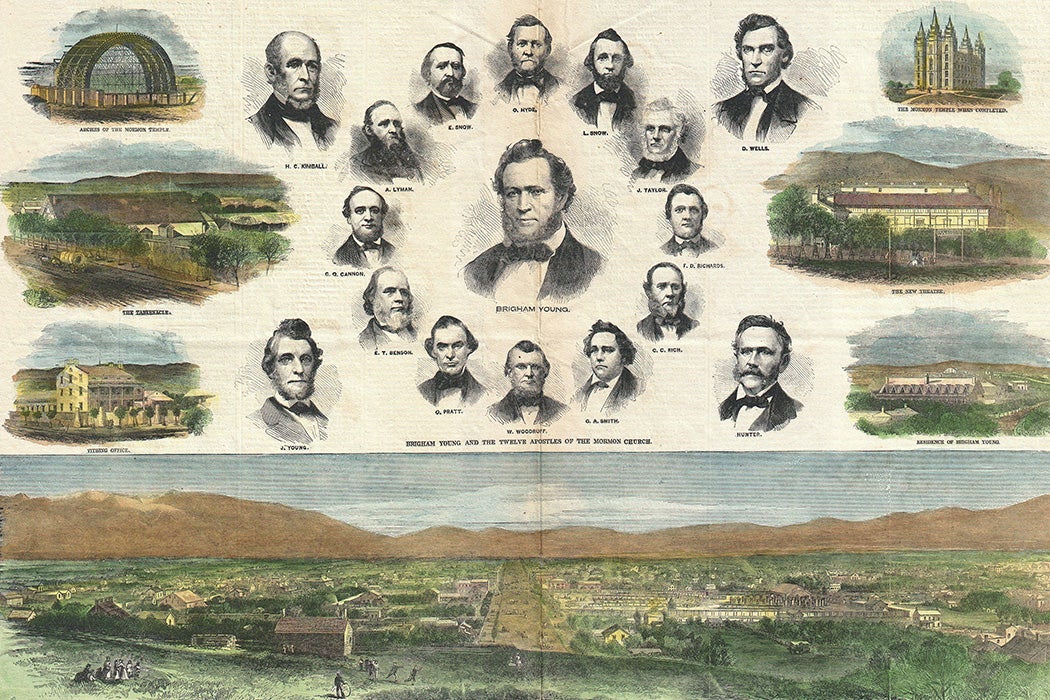As Europe convulsed in a series of violent revolutions in 1848, they had a surprising group of fans: Mormons. But why? Historian Craig Livingston explains that the answer can be found in the Latter-day Saints’ yearning for freedom—and their glee in the potential destruction of capitalism and perhaps even society itself.
Livingston scoured letters, periodicals, and other documents to learn more about how Mormons responded to the revolutions that rocked Europe in 1848. That year, after a series of rising food prices stoked by poor harvests led to recession, jobless workers became inflamed by revolutionary ideas. Soon, violent revolutions and uprisings had broken out across Europe.
Mormons felt just as downtrodden as the Europeans who rose up, Livingston suggests. For a decade, members of the Latter-day Saint movement had been on the run, moving from New York to Missouri to Illinois and facing down prejudice and violence as they went. In 1846, in the aftermath of the 1844 murder of their founder Joseph Smith by an angry mob, Mormons began their exodus across the West under the leadership of Brigham Young.
When they witnessed what happened in Europe, Livingston writes, “Mormon observers made the revolutions of 1848 fit their worldview.” They believed in the overthrow of kings and that the representative governments demanded by the Europeans would promote religious tolerance and stoke the numbers of followers of the Latter-day Saint movement. They also saw the revolutions as “[venting] the anger of oppressed peoples,” sparking compassion among people who had themselves been oppressed.
Livingston documents feelings of sympathy and even glee among observers who thought the violence of the revolutions would destroy society, and hasten the second millennium and Christ’s return to Earth. “The whole earth is rushing like a mighty cataract to finish its work,” wrote Wilford Woodruff in a typical observation.
The Mormons “opposed every value associated with the status quo,” writes Livingston. “They ridiculed kings, cheered republicanism, and predicted the end of capitalism.” But their hopes that the revolutions would hasten the world’s end and make the number of Mormons balloon were soon dashed. The revolutions proved short-lived, and enthusiasts looked toward other possible dates for the world’s end.
Weekly Digest
The year 1848 wouldn’t be the last time the Latter-day Saints interpreted world events as harbingers of the Millennium. Though the second coming is still a central focus of the Church of Jesus Christ of Latter-day Saints, the imminent end of the world is only central to the church’s farthest fringes.







